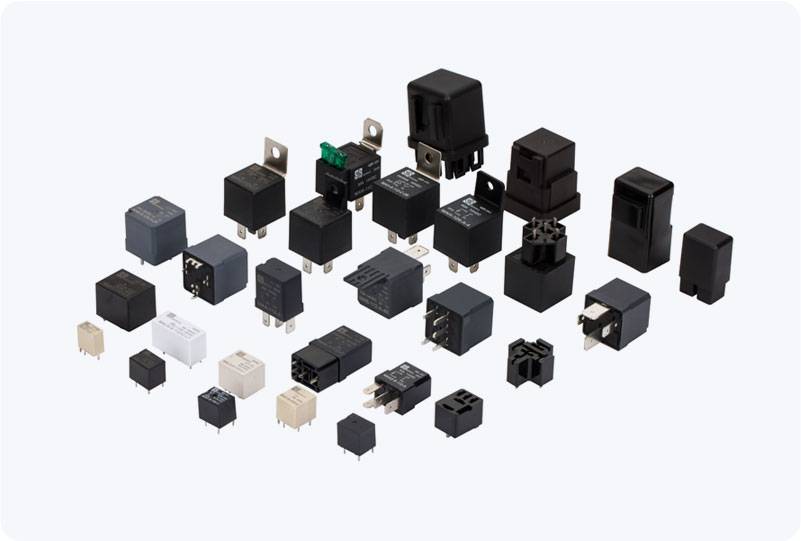220vac power relay: key features, applications, and considerations
Release time:2025-11-19 17:52:39
The 220VAC Power Relay is an essential component in electrical systems, playing a critical role in controlling high-voltage AC circuits through low-voltage DC signals. These relays provide a reliable method for switching power to various devices, offering protection, automation, and efficiency in both household and industrial applications. Understanding the key features, applications, and important considerations for 220VAC power relays is crucial for selecting the right relay for your specific needs.

Key Features of 220VAC Power Relays
Voltage and Current Ratings: A 220VAC power relay is designed to control AC power with a nominal voltage of 220 volts. These relays are built to handle varying levels of current, typically ranging from a few amps to several tens of amps. For instance, a relay rated for 10A at 220V can control power consumption up to 2200 watts (220V × 10A). The appropriate current rating depends on the power requirements of the application, such as controlling home appliances, industrial machinery, or electrical panels.
Control Mechanism: Power relays operate using an electromagnetic mechanism. When an electrical current passes through the coil of the relay, it generates a magnetic field that moves the armature, closing or opening the contacts. This process allows the relay to control the connection between a low-voltage control signal (usually DC) and the high-voltage AC circuit. This method of operation enables the relay to be triggered remotely, without the need for direct manual switching.
Next article:there is none left!
Return to List

